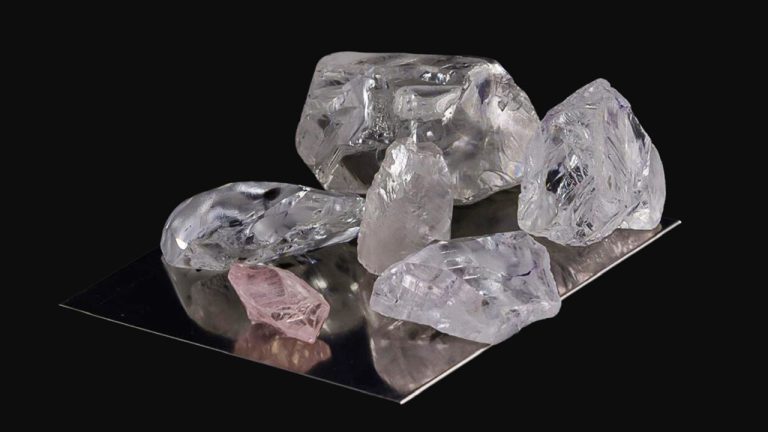
De Beers says it will, for the first time, disclose the country of its diamonds’ origins – Botswana, Namibia, South Africa, or Canada.
The move is designed to meet growing consumer demand for ethical sourcing and transparency, together with a desire to understand the journey of their particular diamond.
De Beers currently sells its rough output to sightholders in aggregated boxes marked only as DTC (Diamond Trading Company) without indicating the country in which they were mined.
It says it will initially provide data on the country of origin for all diamonds over 1.25 carats that are newly registered on its Tracr traceability platform, and over 1.0 carats from January 2025.
De Beers says advanced algorithmic matching enabled by artificial intelligence now allows it to digitally “disaggregate” diamonds to confirm their specific country of origin.
“For the first time in history, we have the technology to provide our customers with the provenance of their diamonds at scale,” said Al Cook, CEO of De Beers Group.
“We know that our clients care deeply about sustainability and want to understand the good their diamonds have done. Our ambition is to offer them the story of every De Beers-sourced diamond, tracing its journey and positive impact from its origin to its crafting.”
Source: IDEX




















